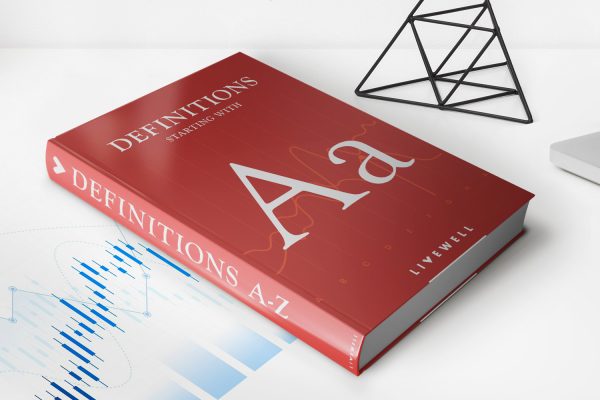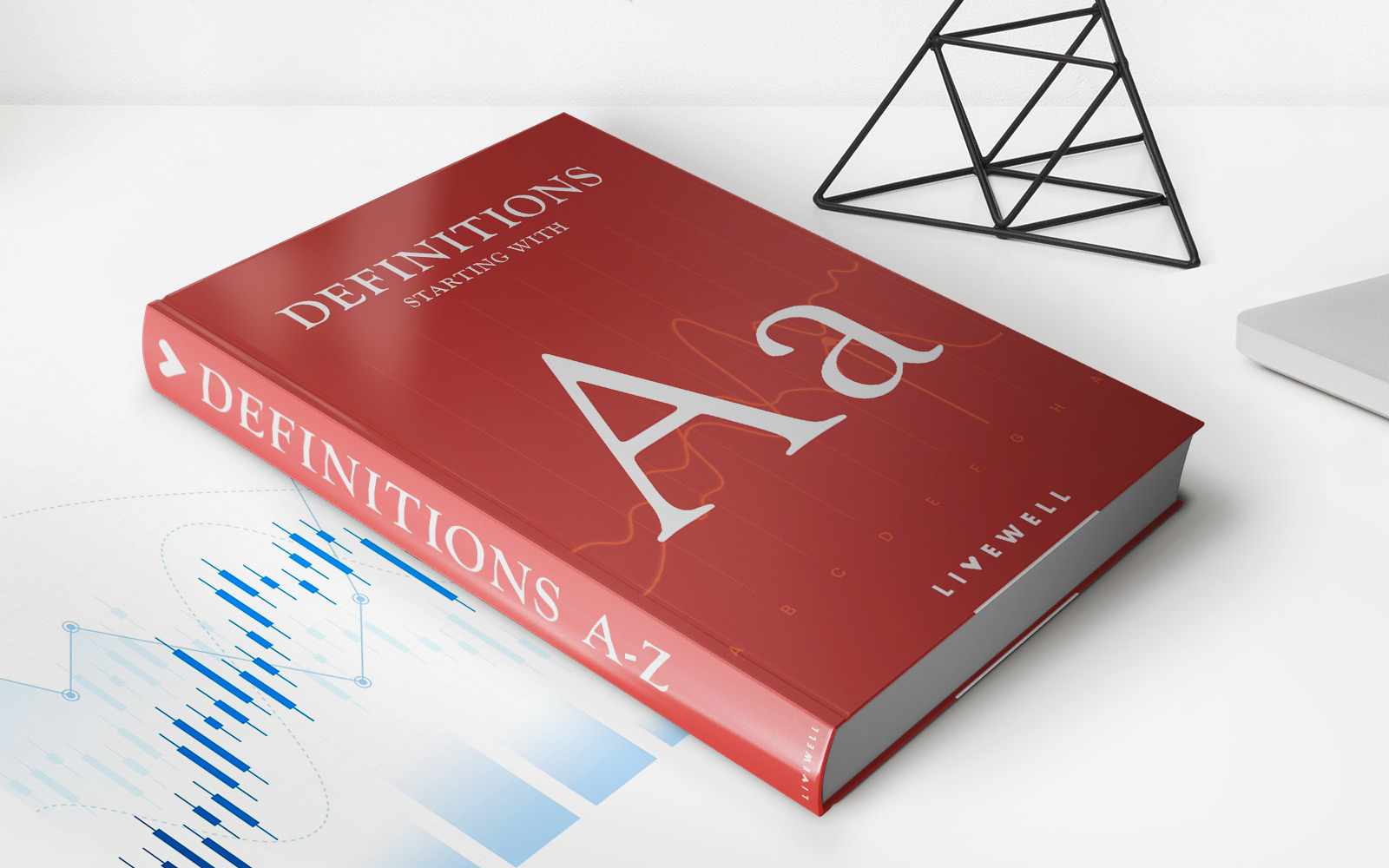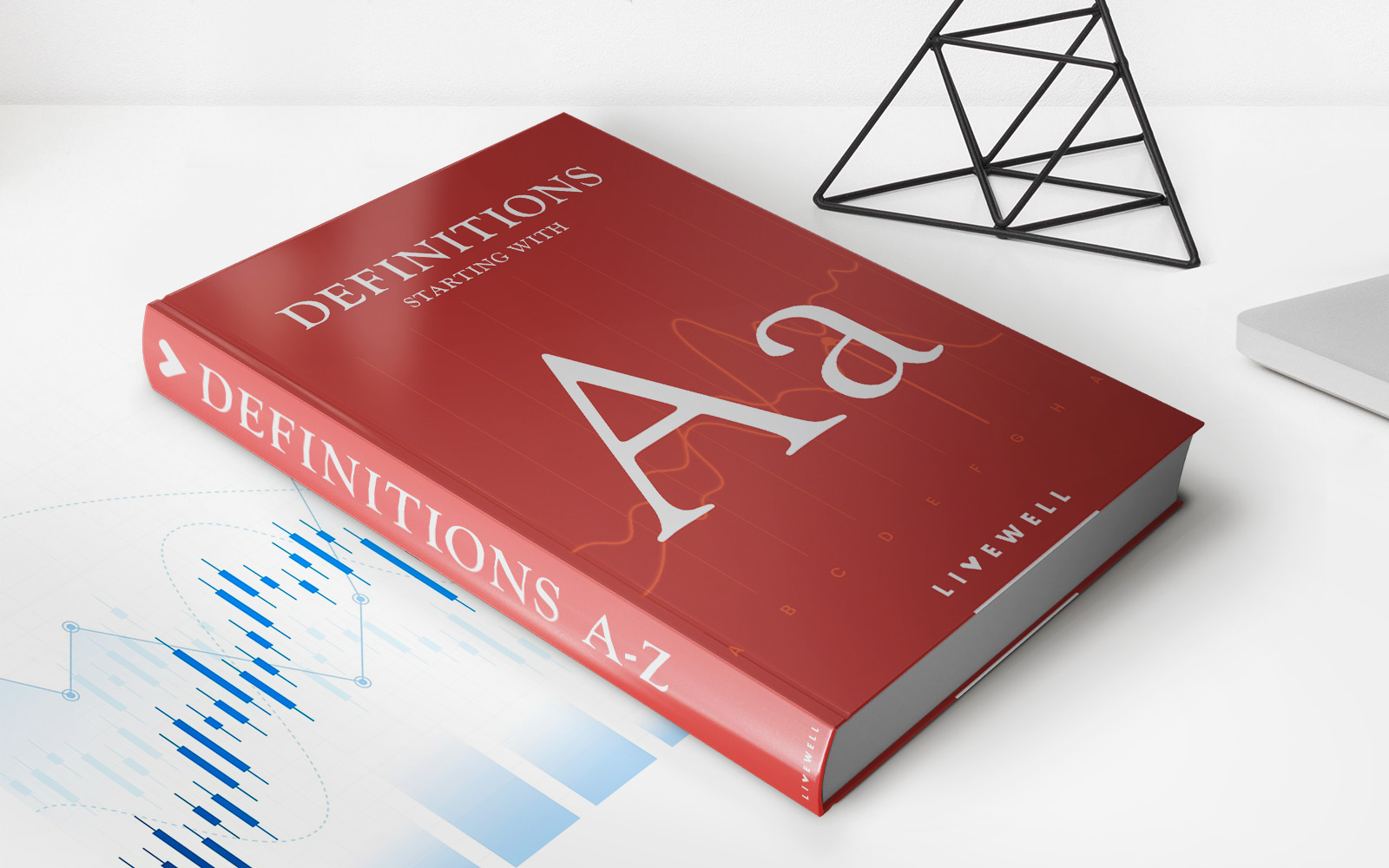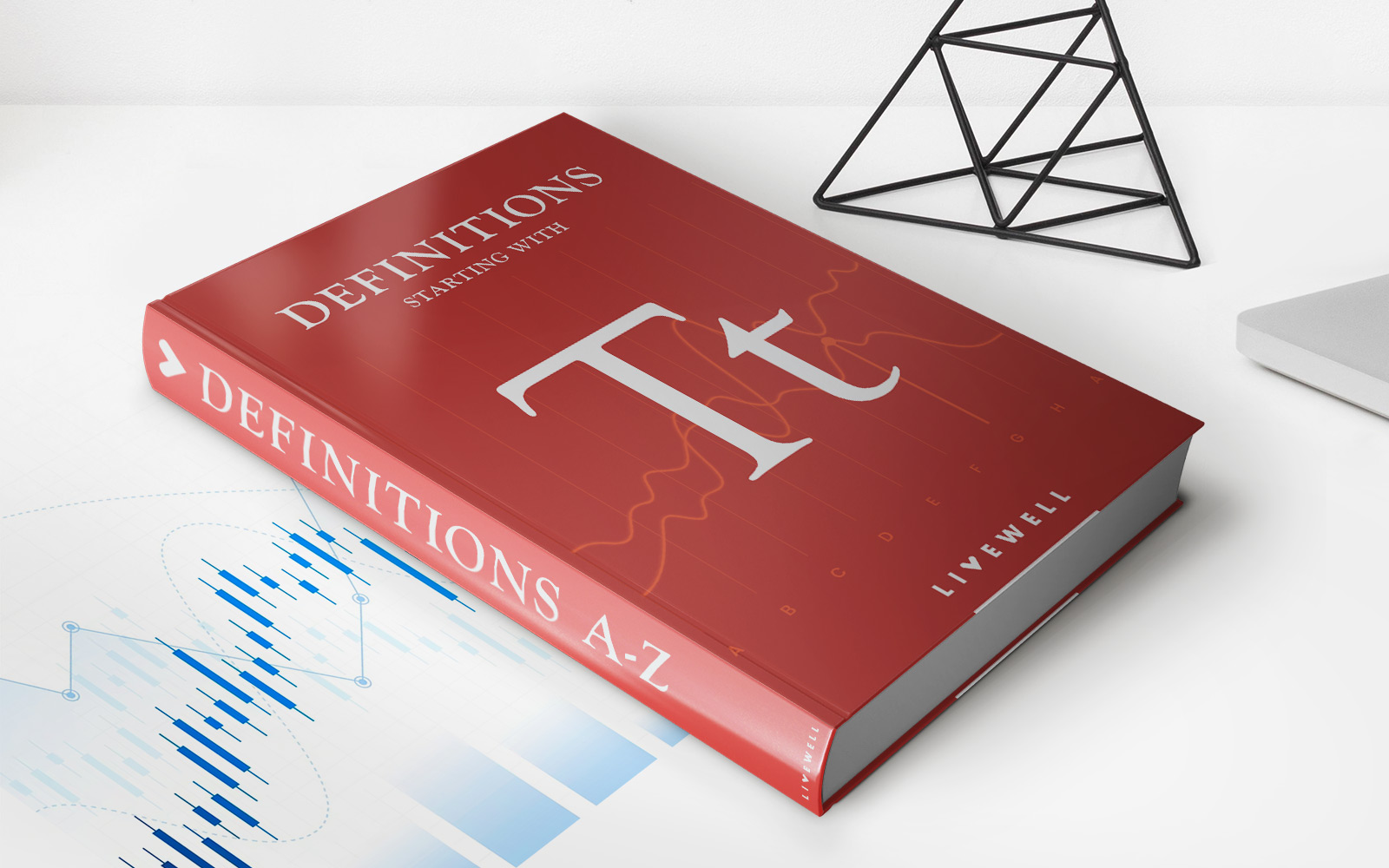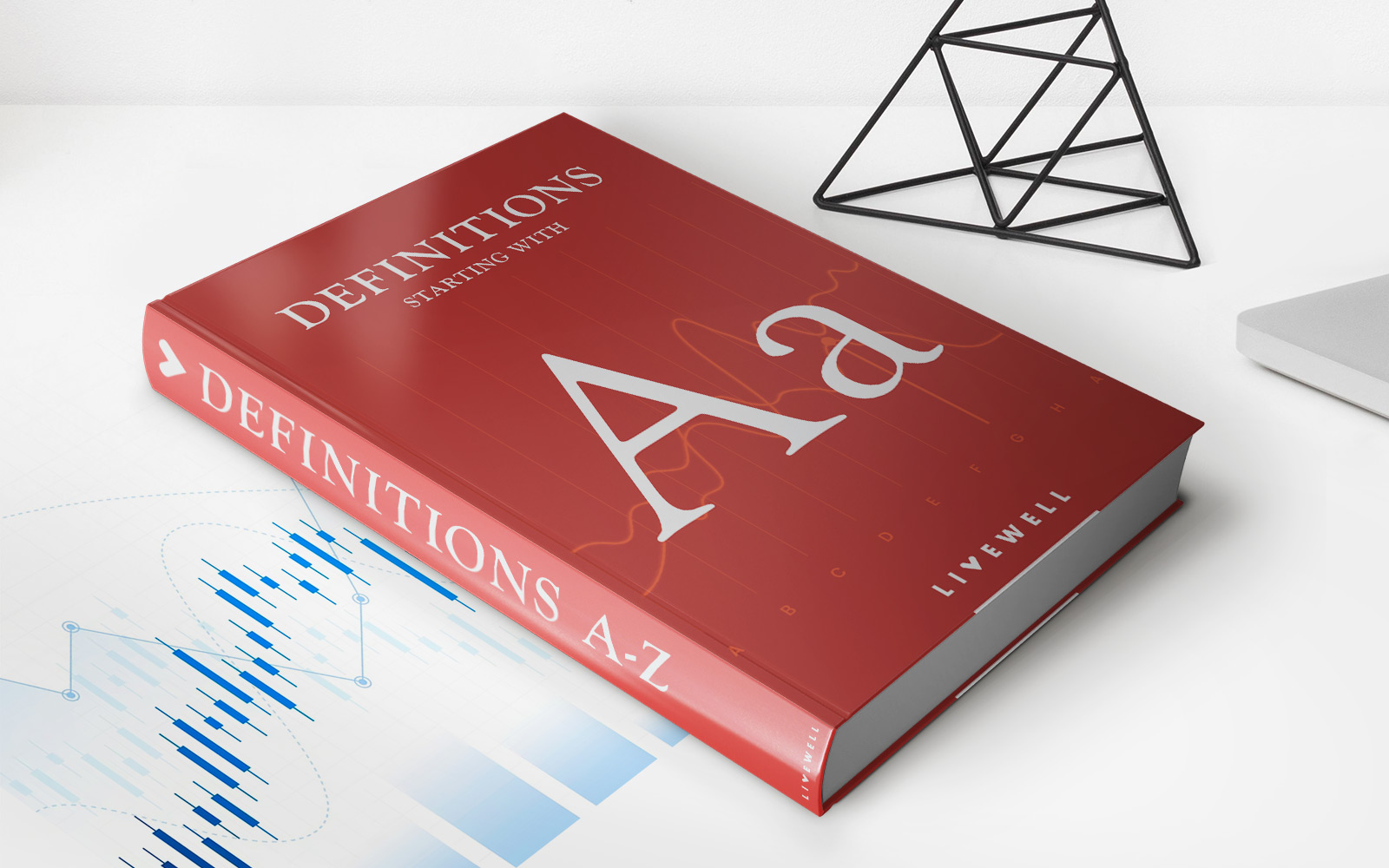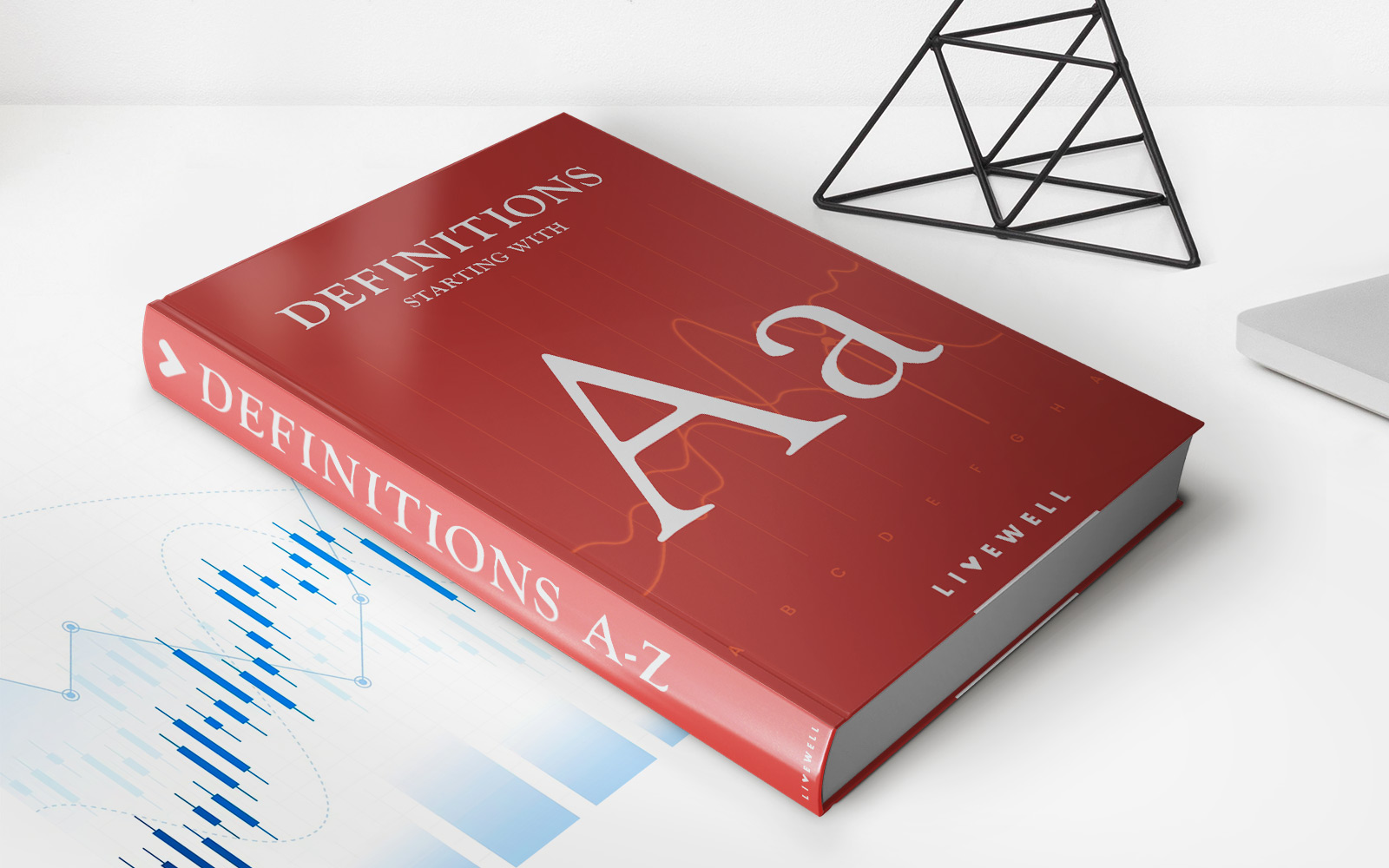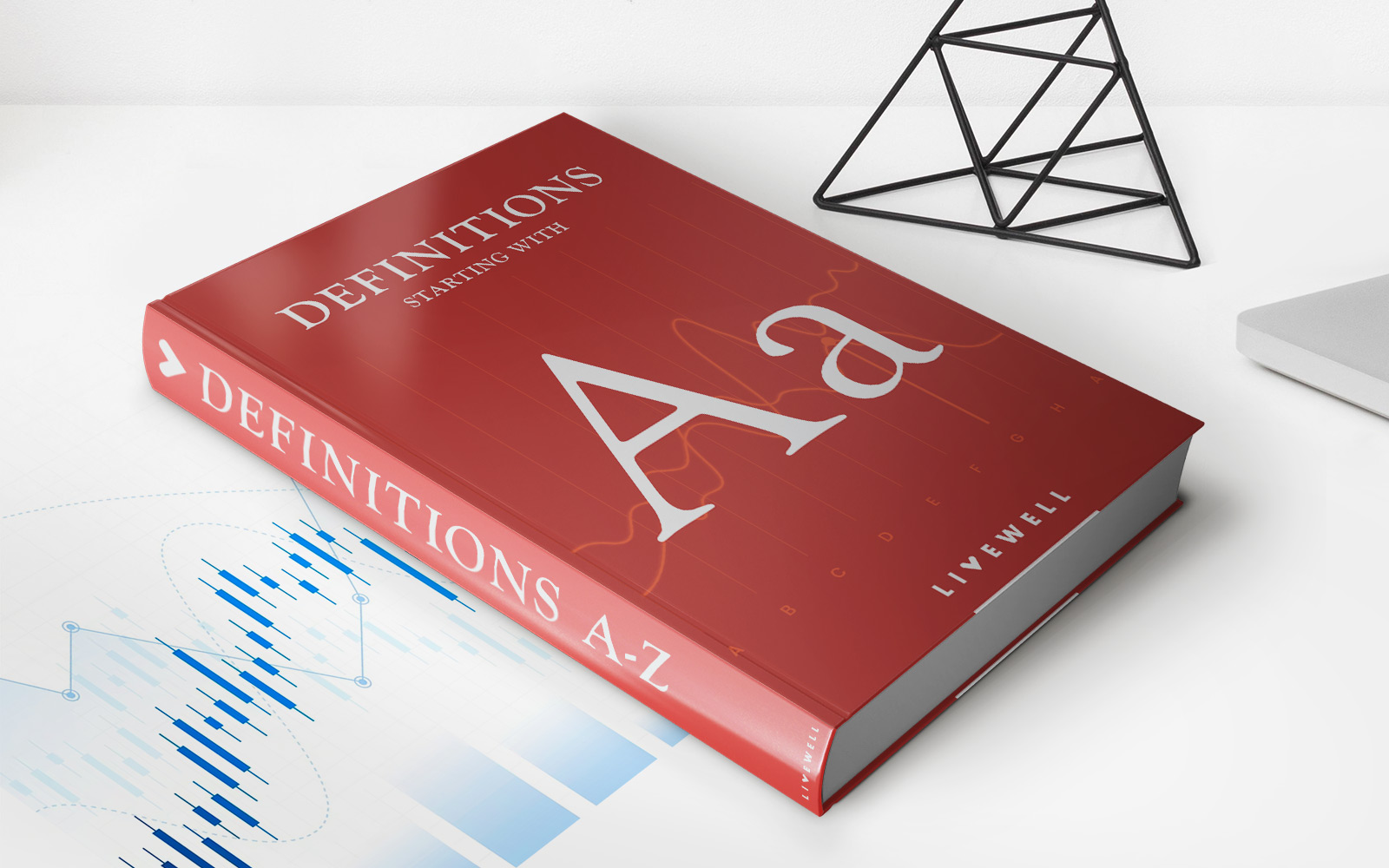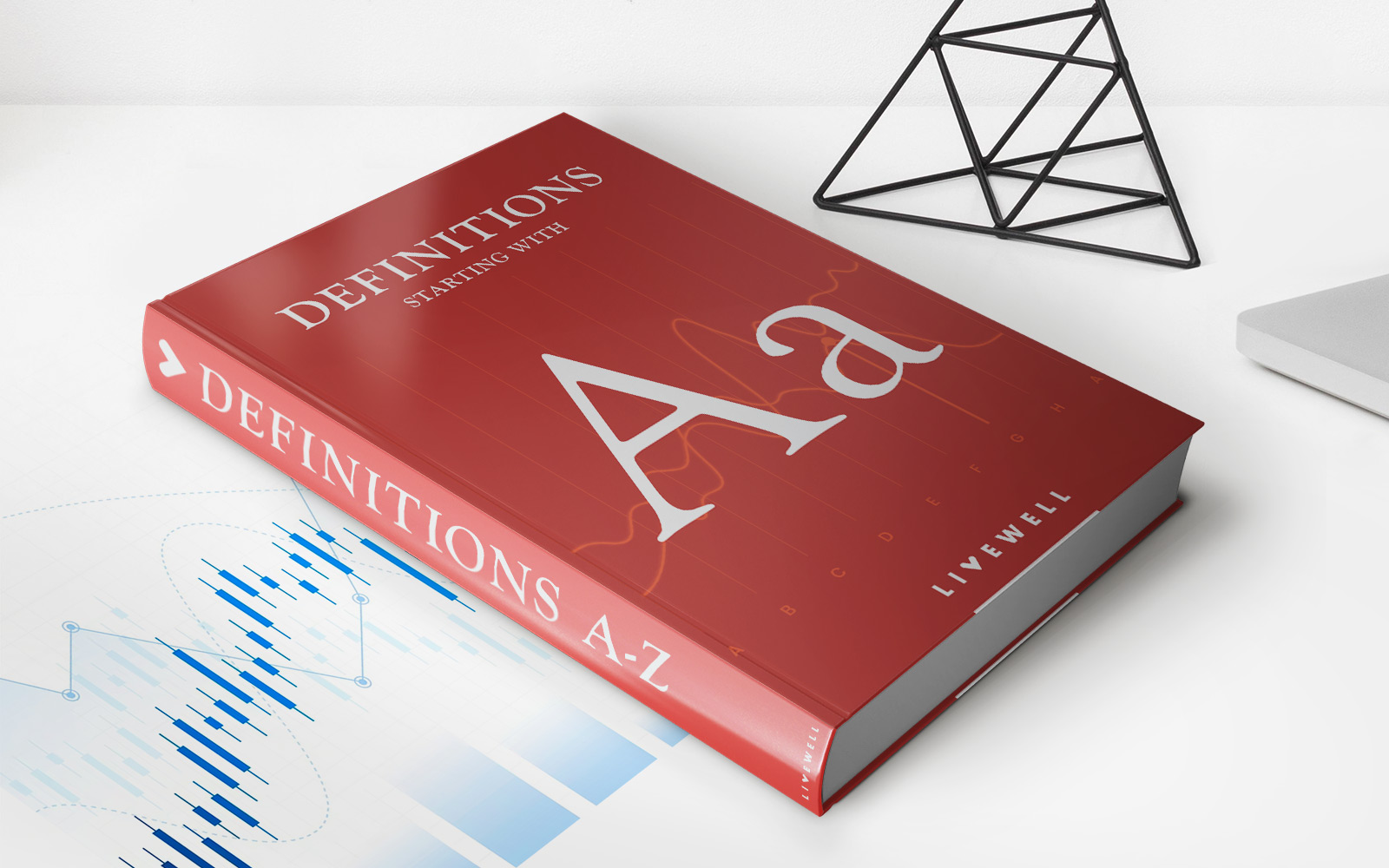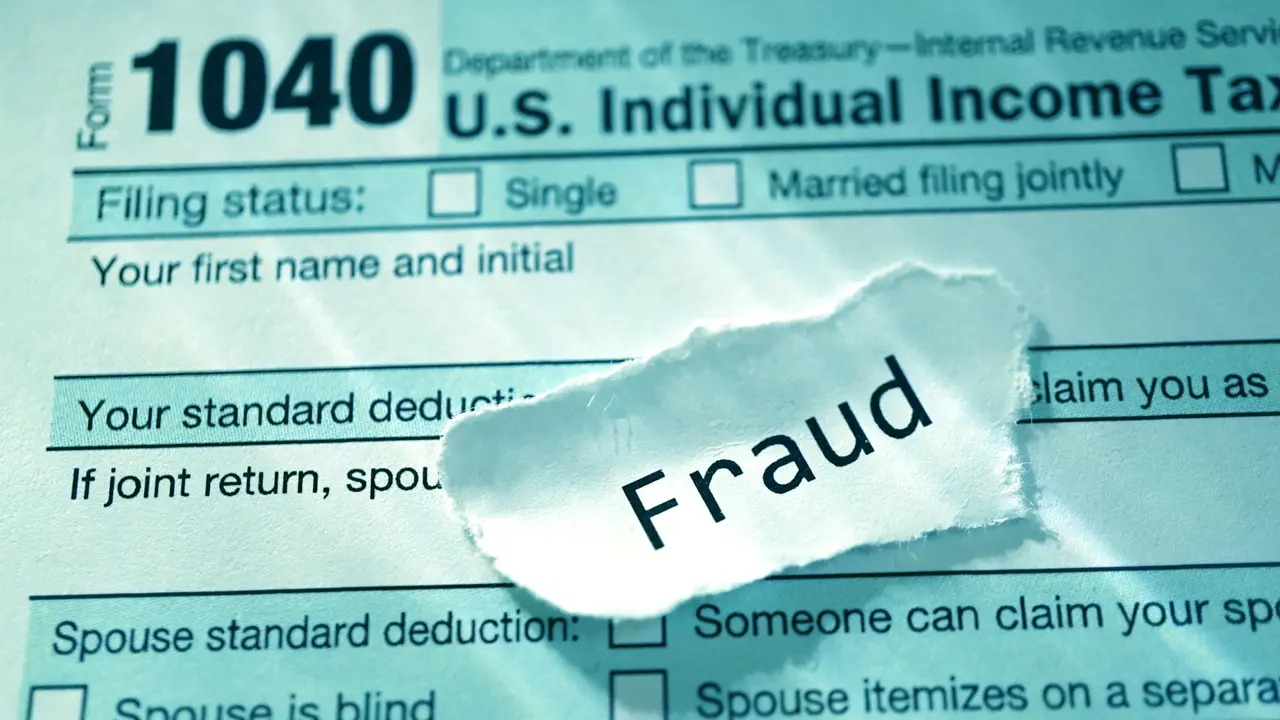

Finance
Curbs In Definition
Published: November 6, 2023
Learn the meaning of finance and its various aspects in our comprehensive guide on Curbs In Definition.
(Many of the links in this article redirect to a specific reviewed product. Your purchase of these products through affiliate links helps to generate commission for LiveWell, at no extra cost. Learn more)
Understanding Curbs In Definition in Finance
Finance is a vast and complex field with numerous subcategories, each with its own unique set of terms and concepts. One such concept that is often a cause of confusion is curbs in definition. In this blog post, we will explore what curbs in definition are and how they are relevant to the world of finance.
Key Takeaways:
- Curbs in definition refer to specific limitations or restrictions placed on certain financial transactions or activities.
- They are usually implemented by regulatory bodies to maintain market stability and prevent excessive risk-taking.
What are Curbs In Definition?
In the context of finance, curbs in definition essentially refer to specific limitations or restrictions placed on certain financial transactions or activities. These restrictions are typically imposed by regulatory authorities such as government bodies or stock exchanges to ensure fair and orderly markets, maintain market stability, and protect investors.
Curbs in definition can take various forms, depending on the specific financial market or activity they are targeting. Some common examples of curbs in definition include:
- Trading halts: These are temporary suspensions in trading activity that can be initiated at the exchange level or by regulatory authorities. Trading halts are often put in place during periods of extreme market volatility or when significant news or events are anticipated. They allow market participants to assess information and prevent panic selling or buying.
- Position limits: These are restrictions on the maximum number of derivative contracts or securities that an individual or entity can hold. Position limits aim to prevent excessive concentration of positions and potential market manipulation.
- Margin requirements: Margin requirements set the minimum amount of collateral that must be maintained for certain financial transactions. They are implemented to limit the amount of leverage used by investors and minimize the risk of default.
- Short-selling restrictions: Short-selling involves selling borrowed securities with the expectation of buying them back at a lower price to make a profit. Short-selling restrictions are put in place to prevent market manipulation and excessive downward pressure on stock prices.
These are just a few examples of the curbs in definition that can be implemented to regulate financial markets and activities. It’s important to note that the specific curbs in definition can vary between countries, jurisdictions, and financial markets.
Conclusion
Curbs in definition play a crucial role in regulating and maintaining order in the world of finance. By imposing limitations and restrictions on certain financial transactions and activities, they aim to ensure fair and transparent markets while protecting investors from excessive risk-taking.
When engaging in any financial activity, it’s essential to familiarize yourself with the curbs in definition that are relevant to your specific market or jurisdiction. By understanding these limitations, you can navigate the financial landscape with confidence and make informed decisions to achieve your financial goals.
Remember, staying informed and being aware of the curbs in definition is an important part of being a responsible and knowledgeable participant in the finance world.

